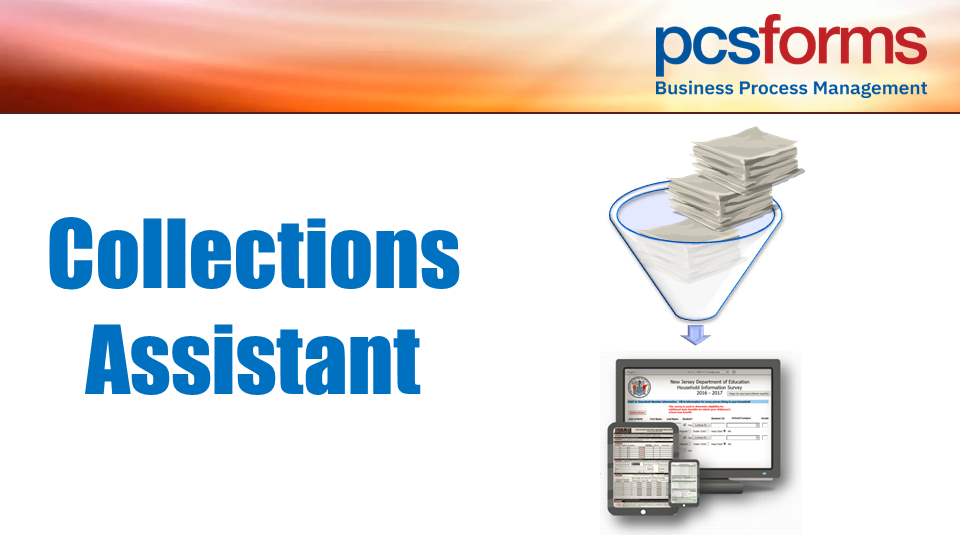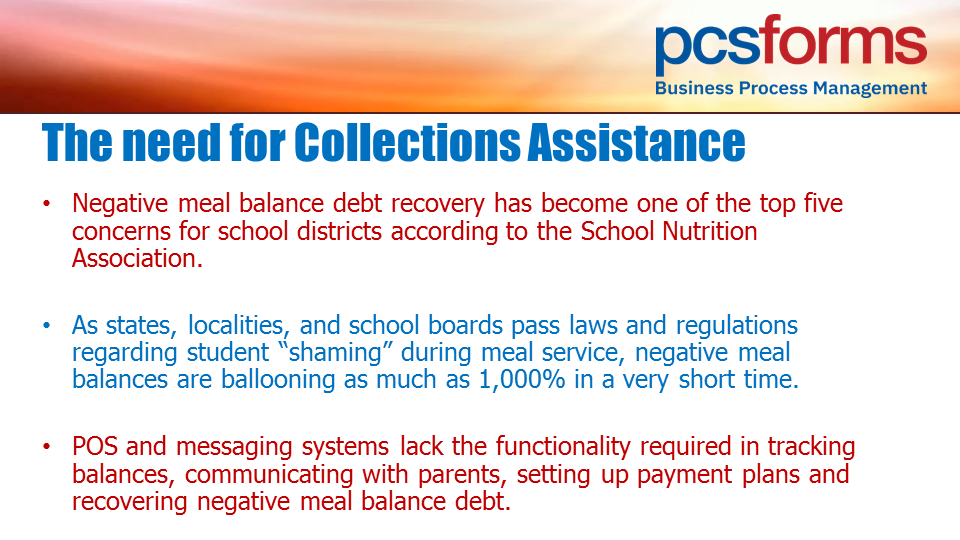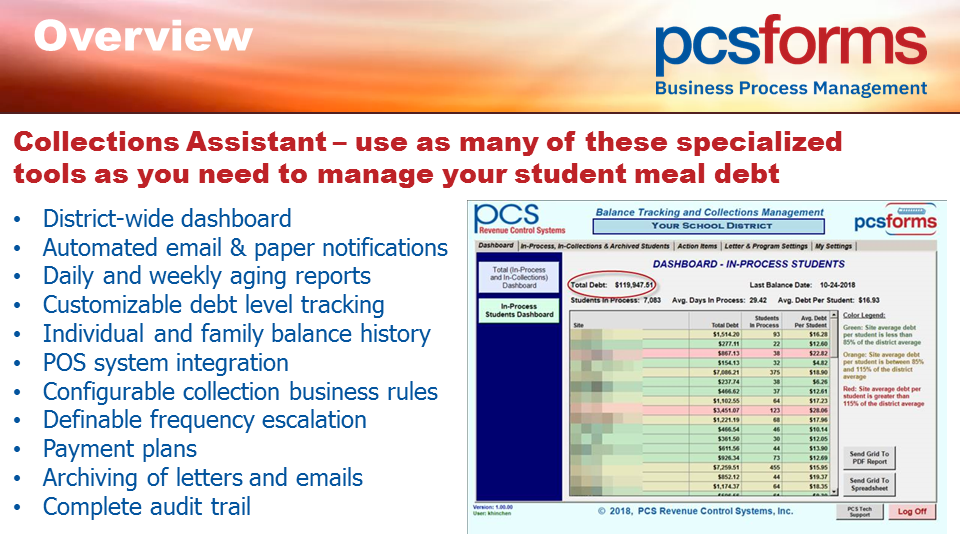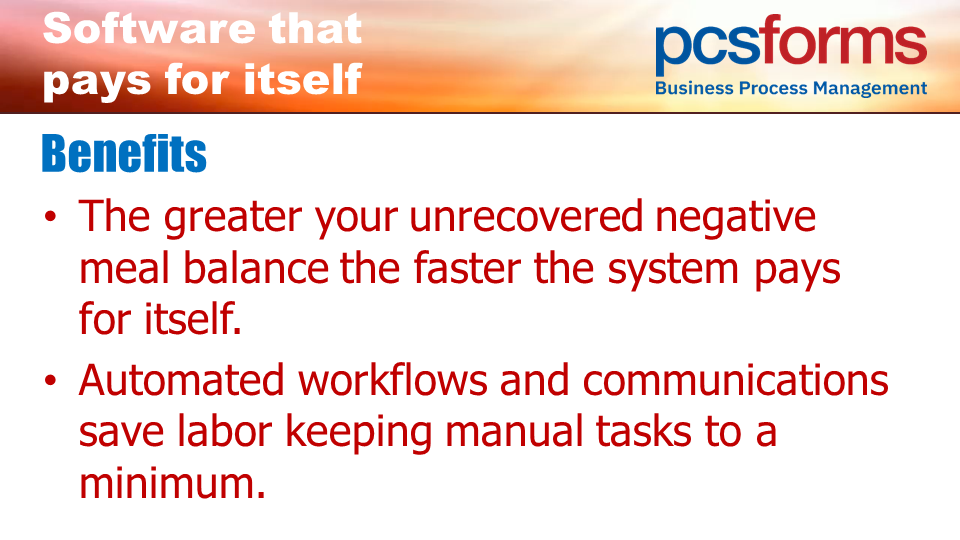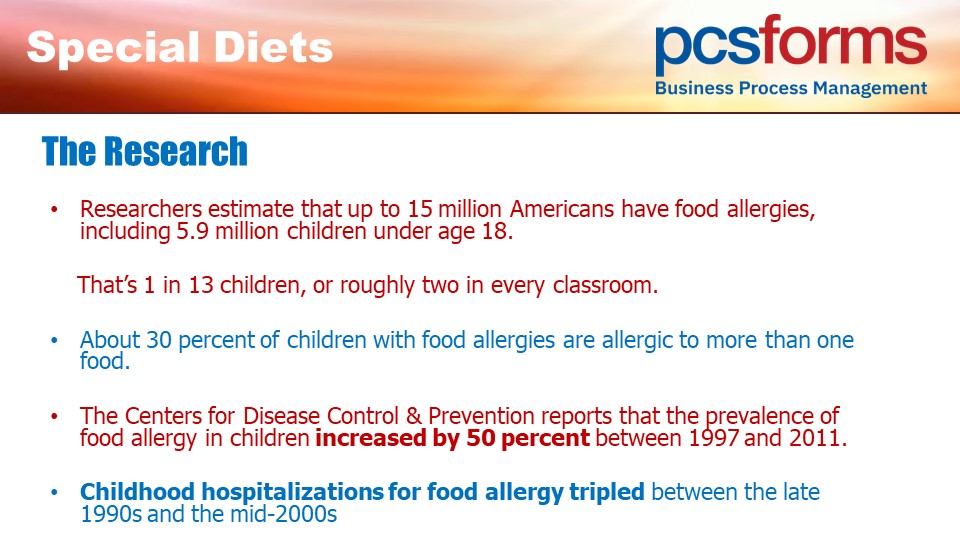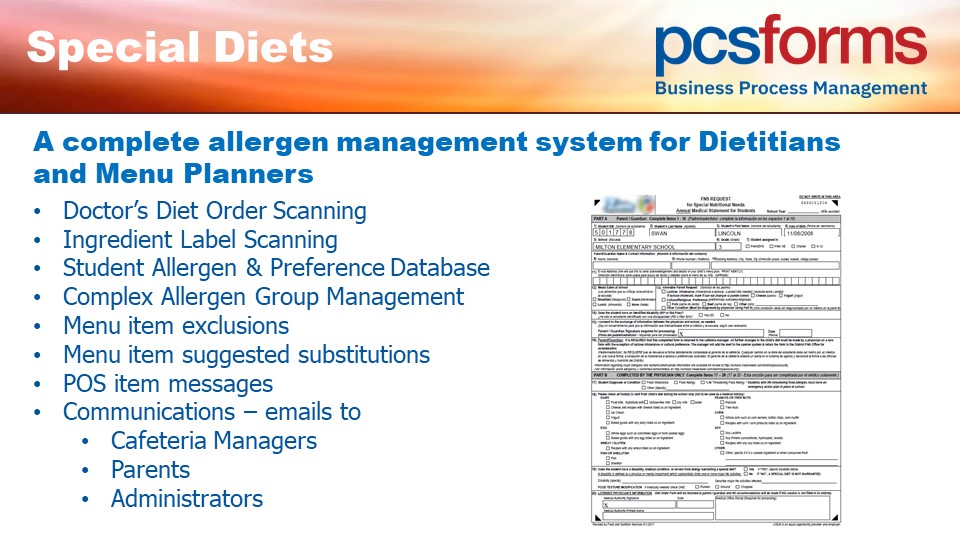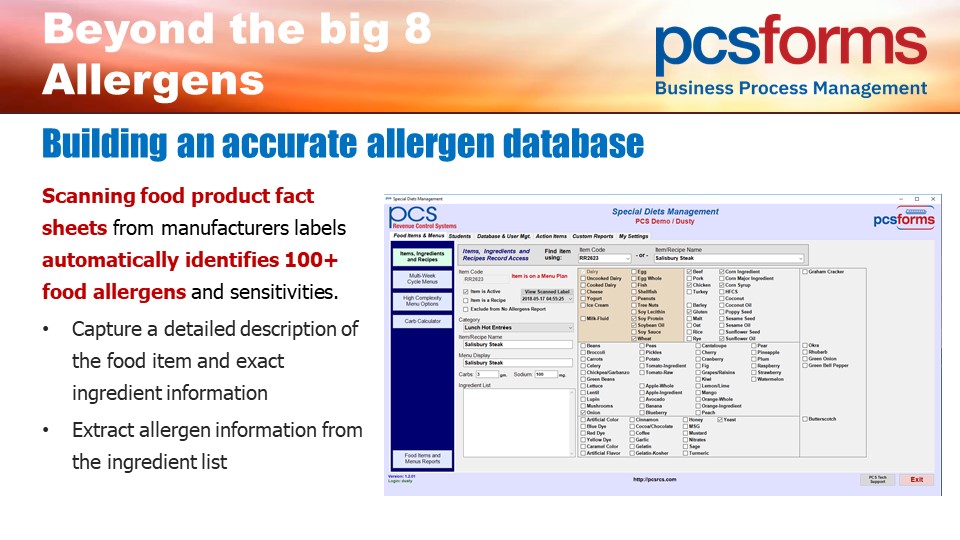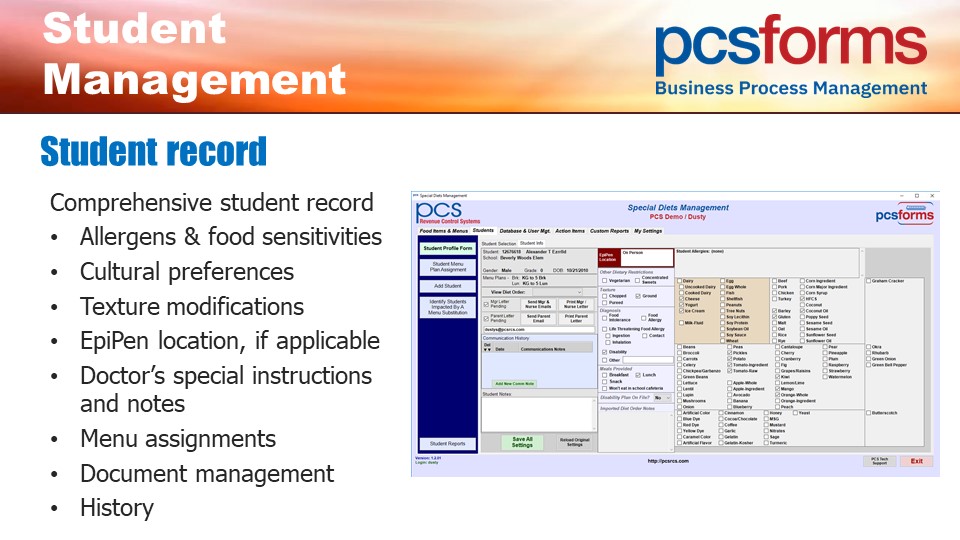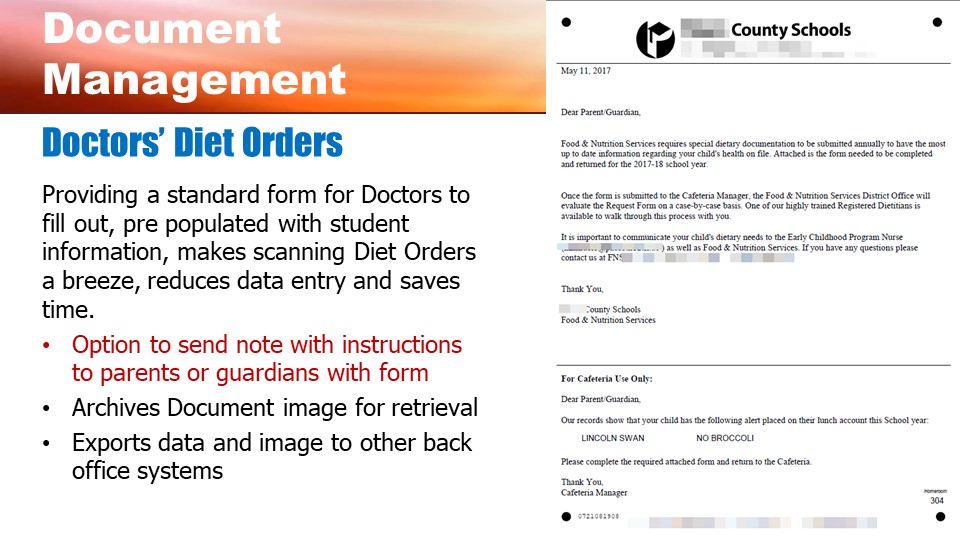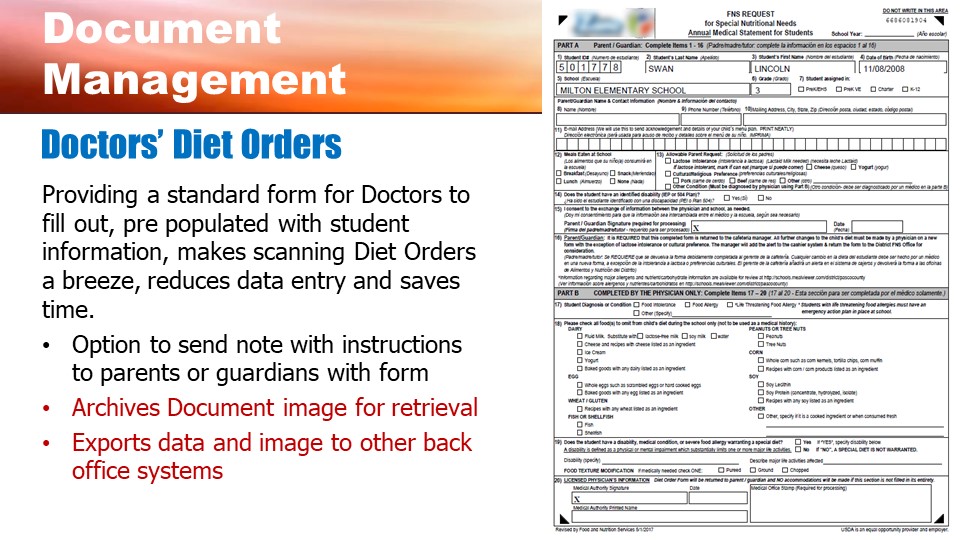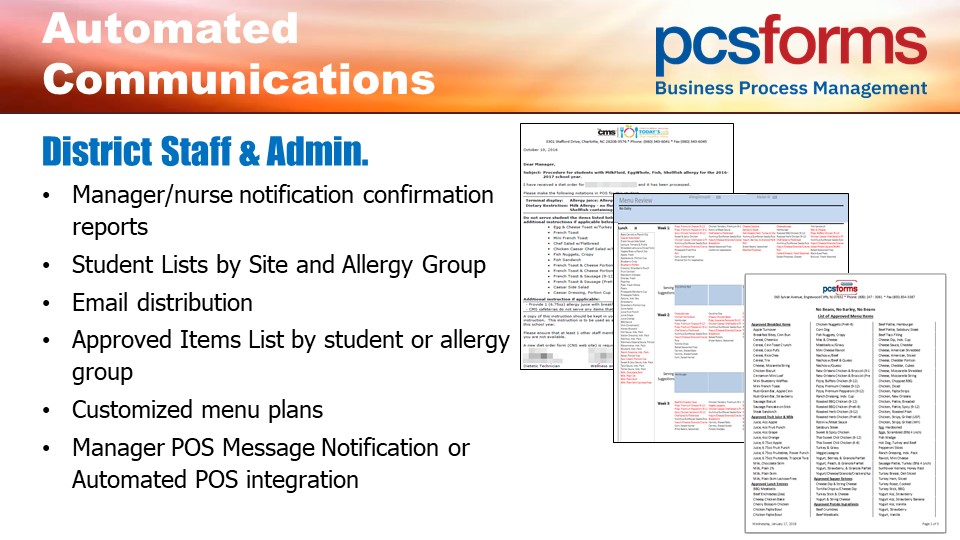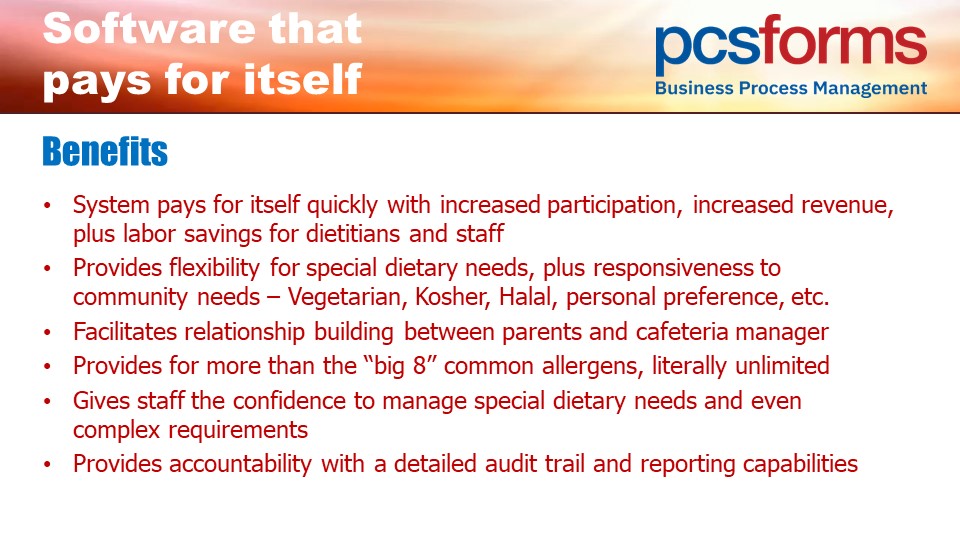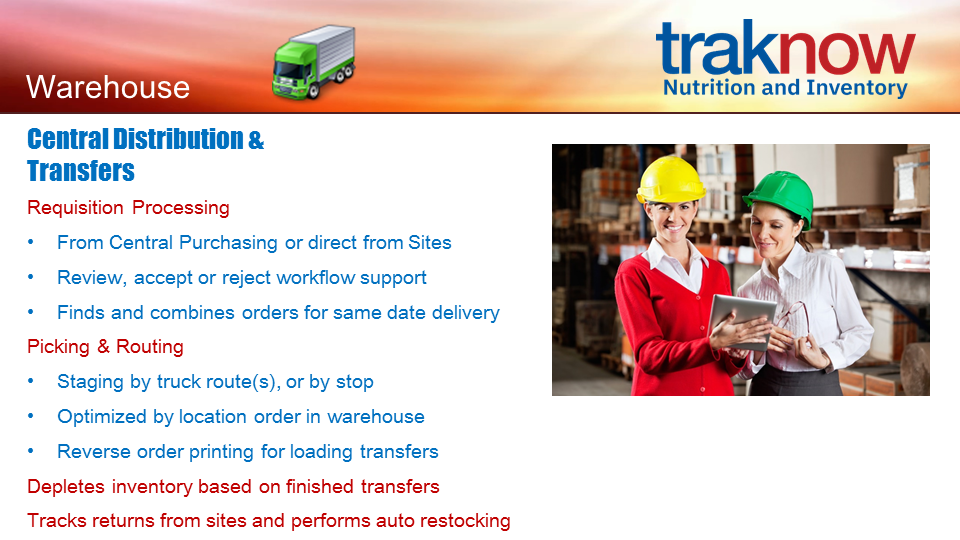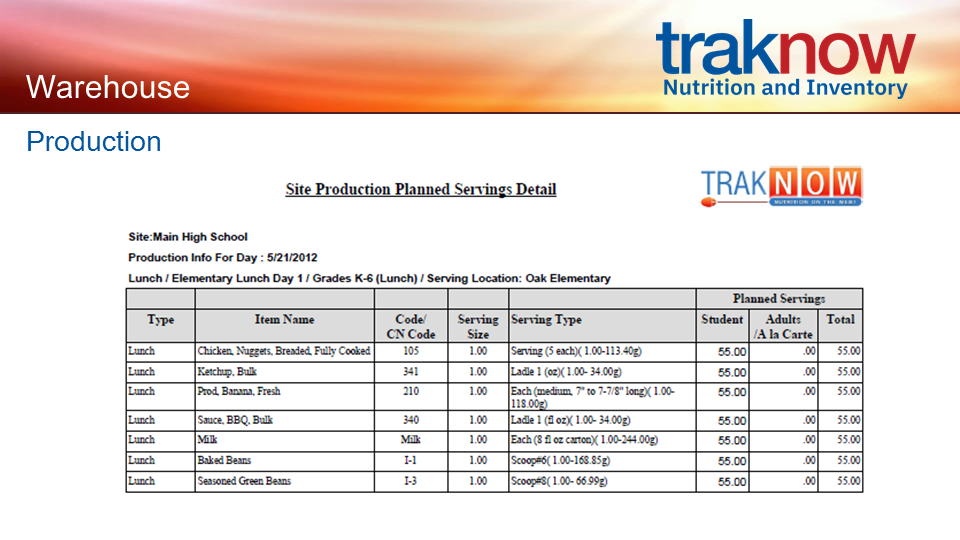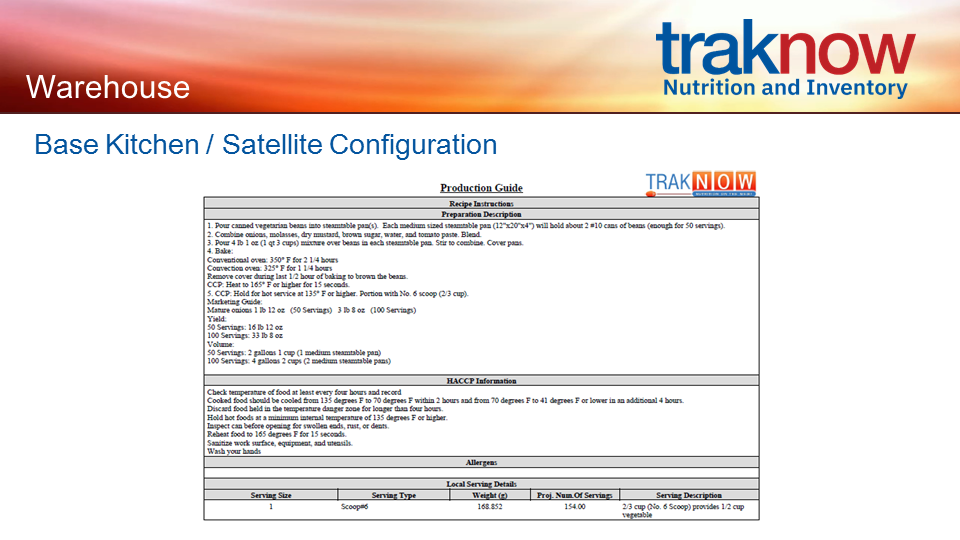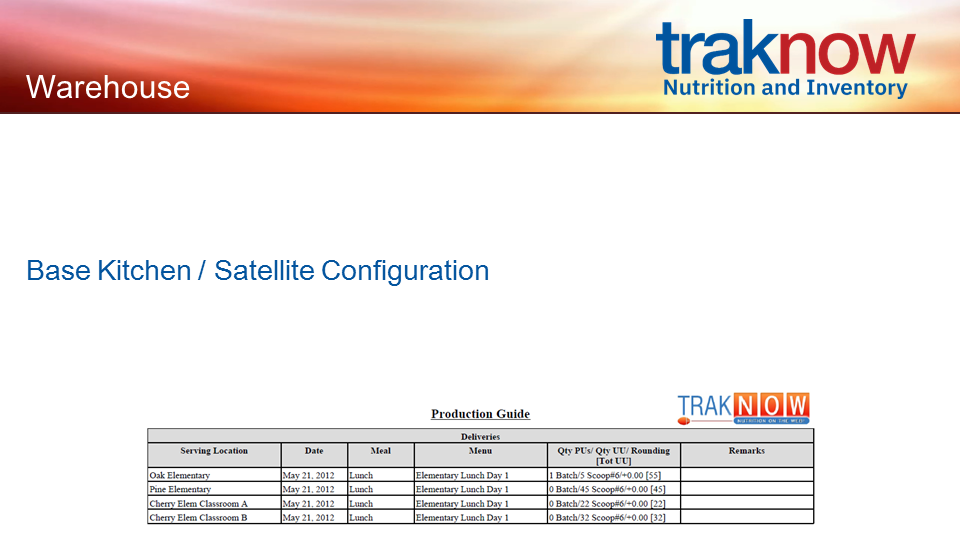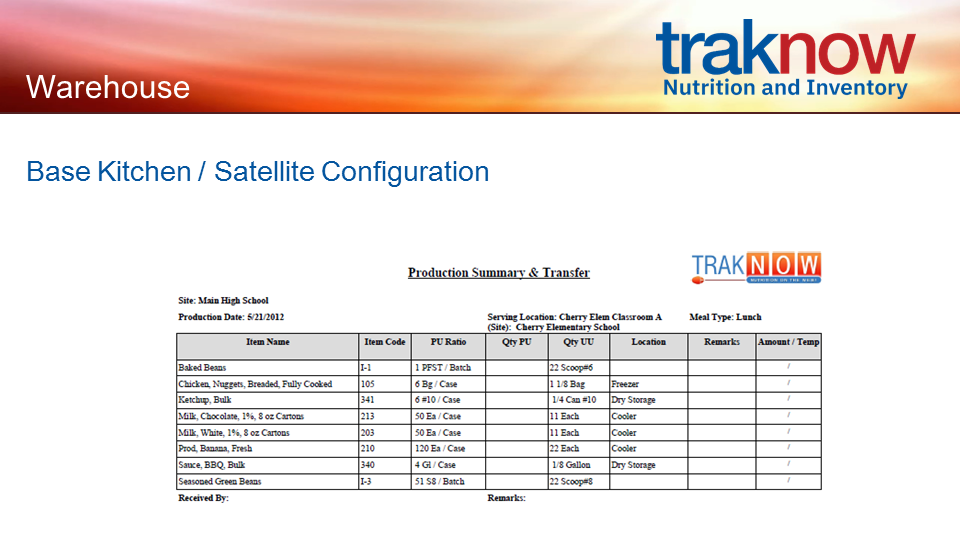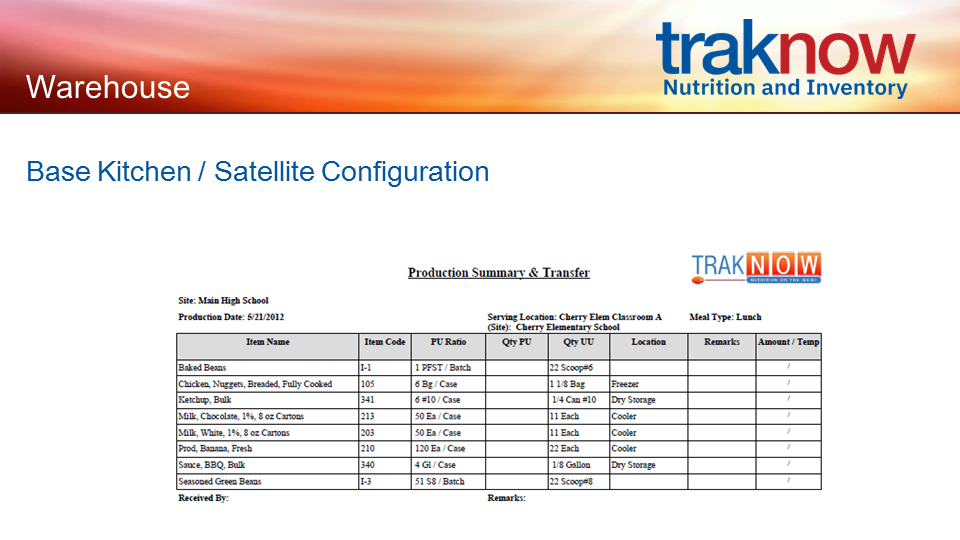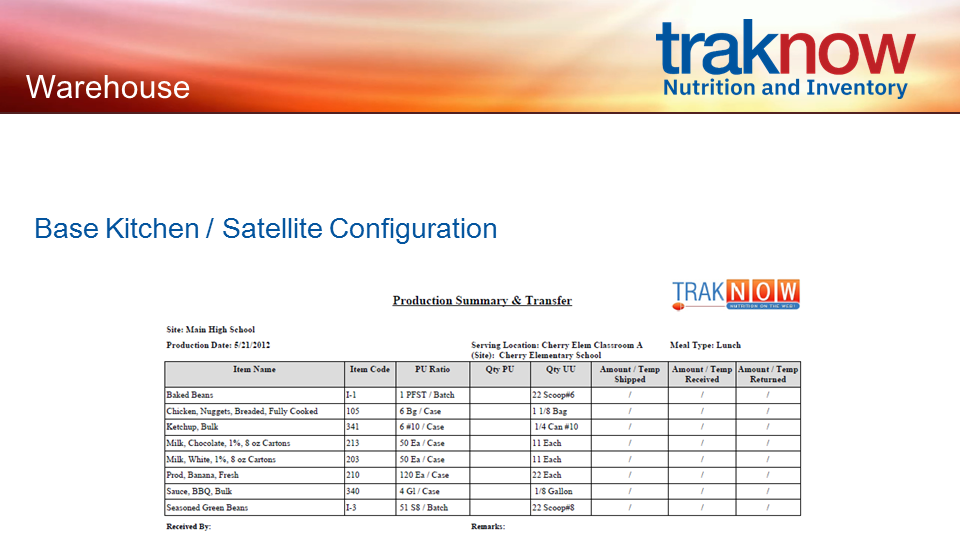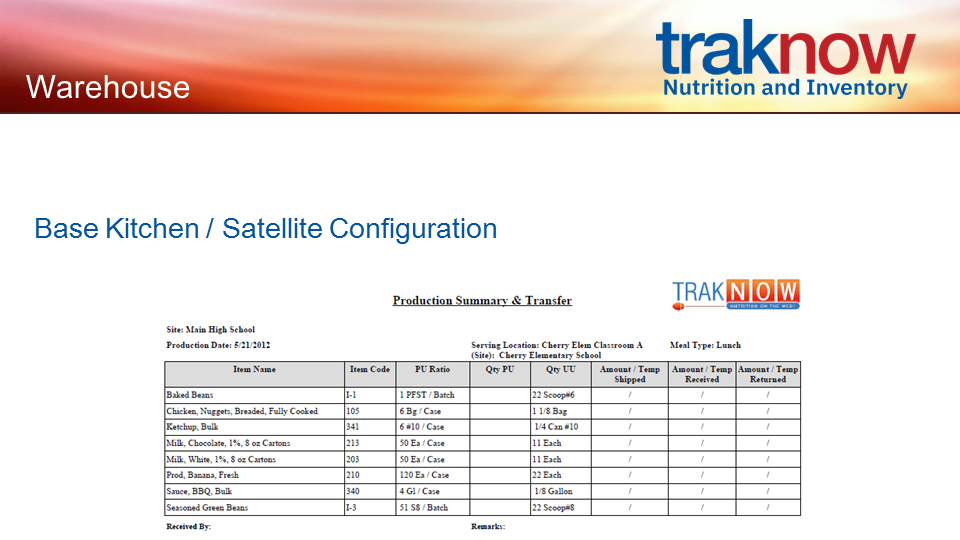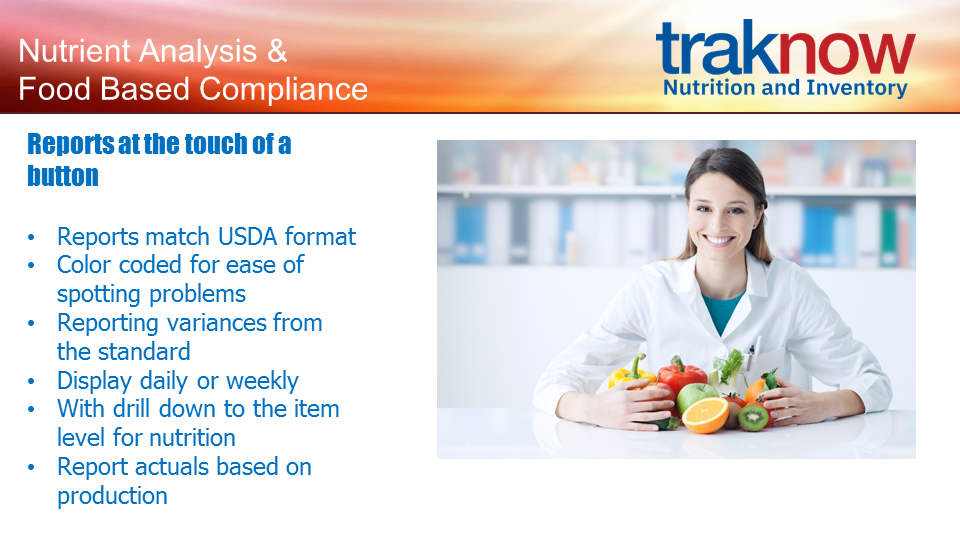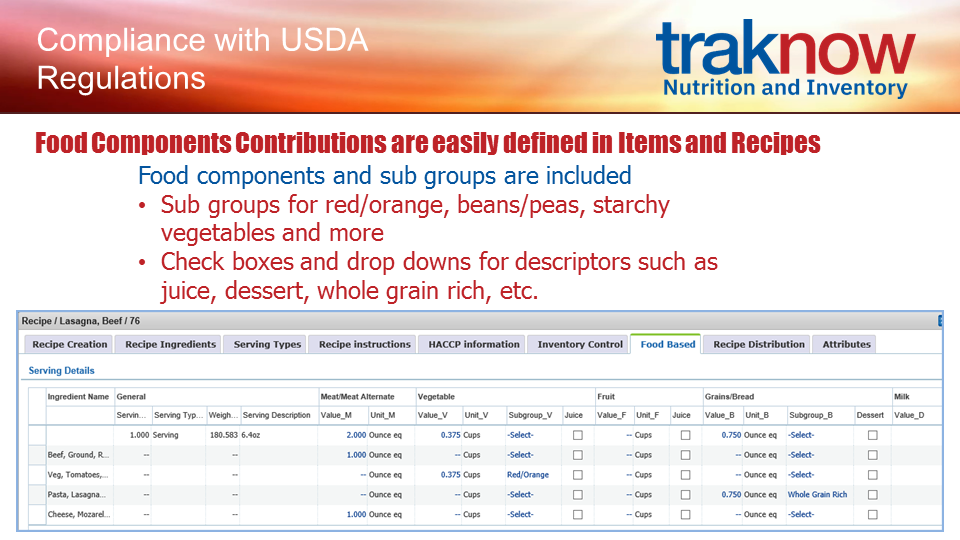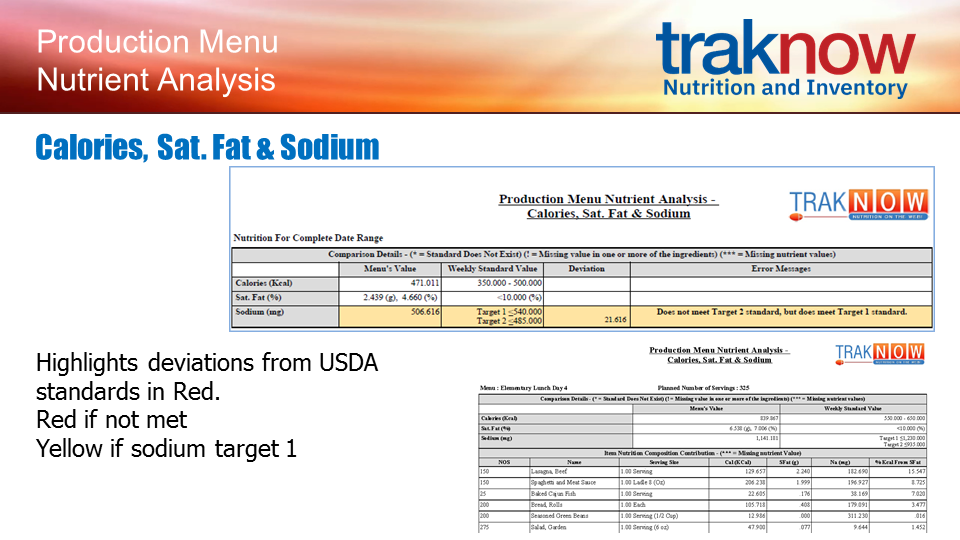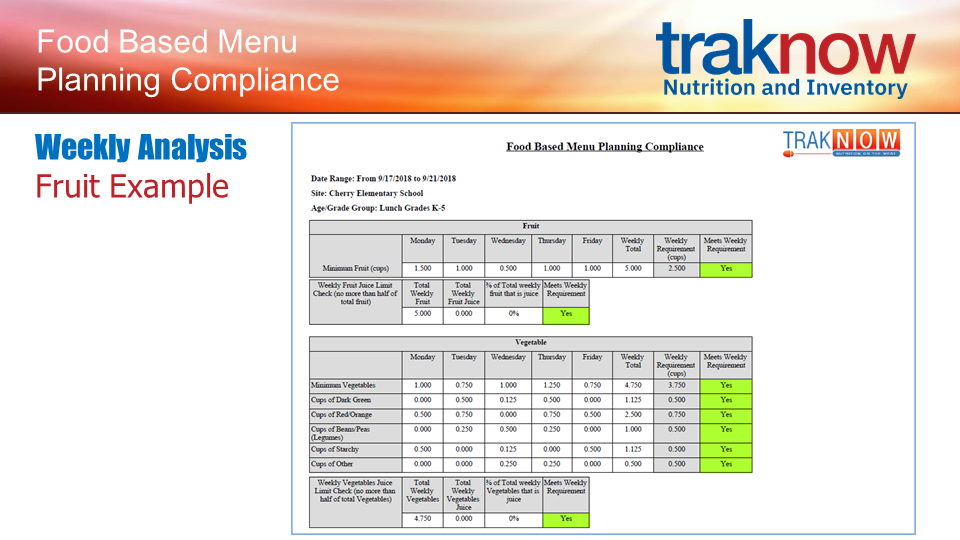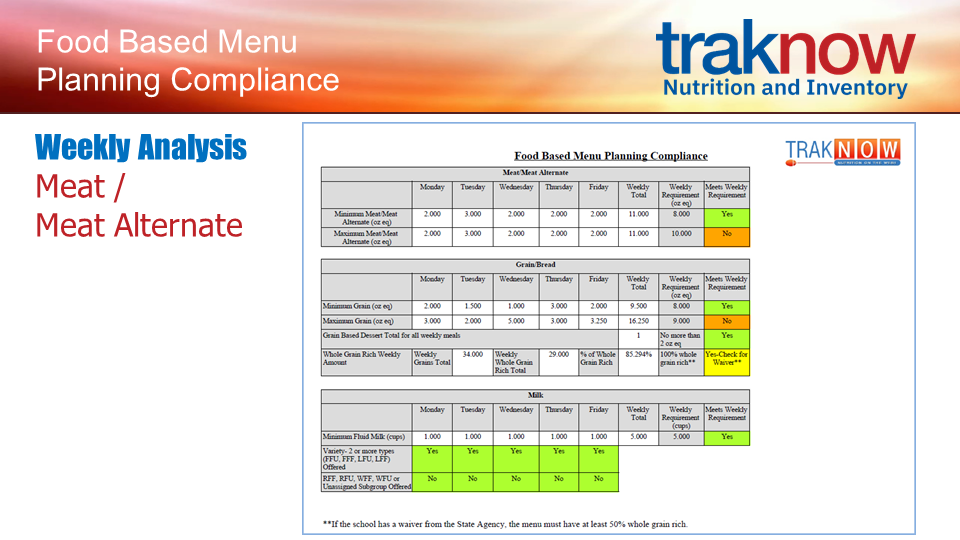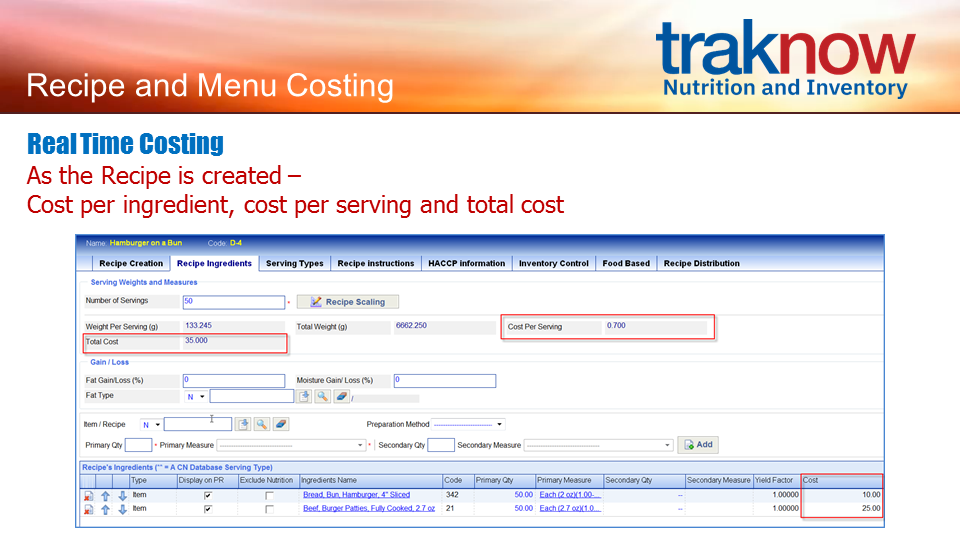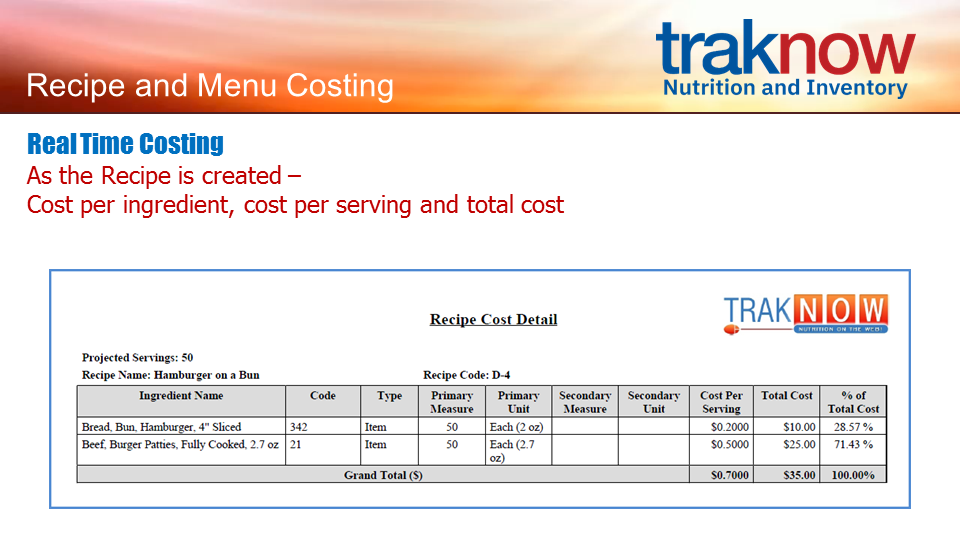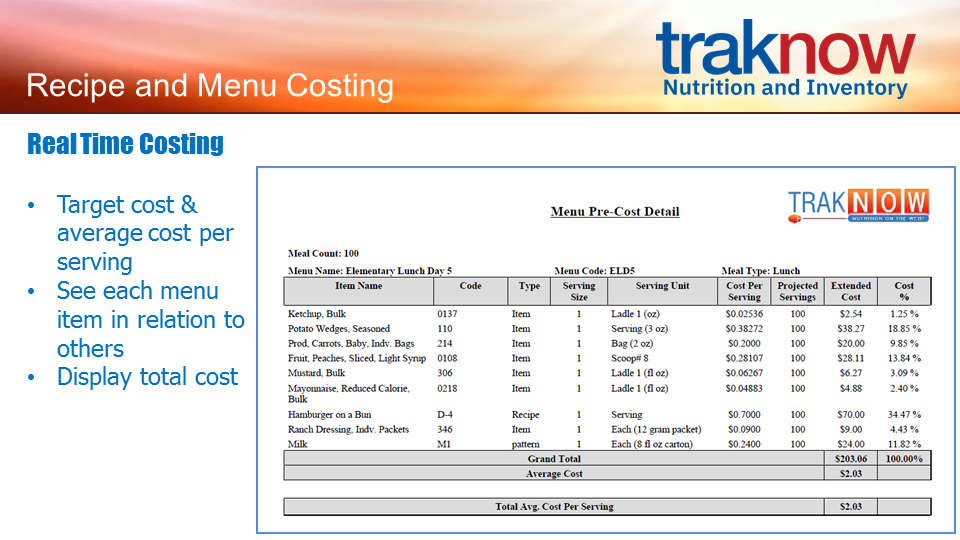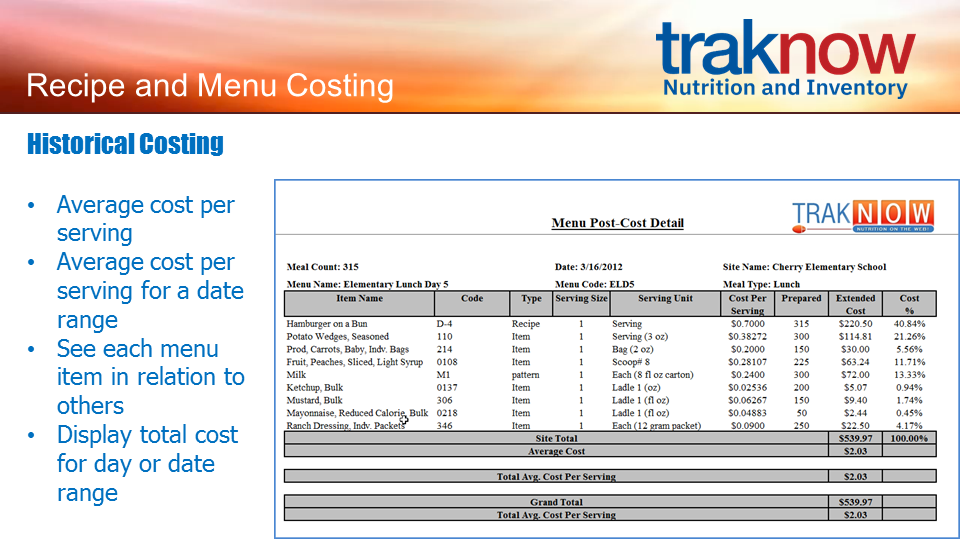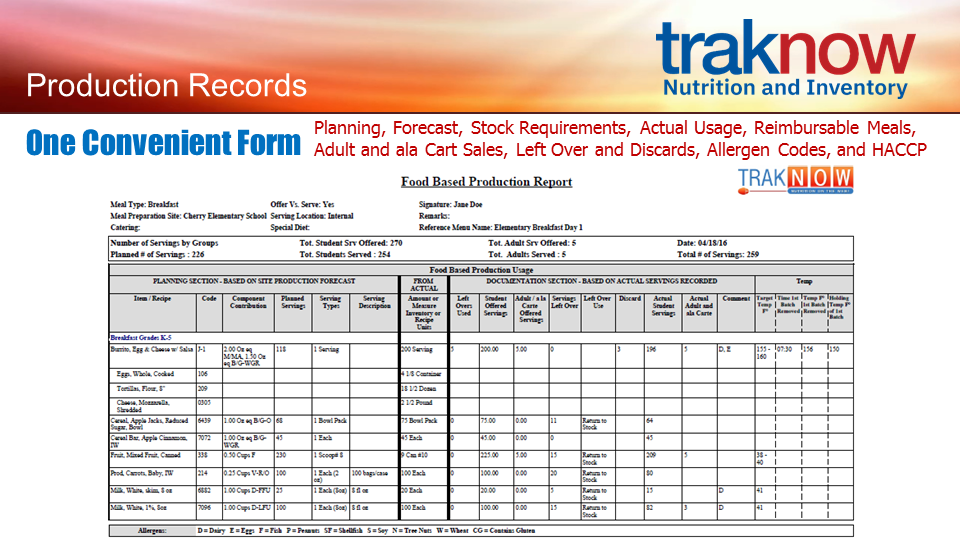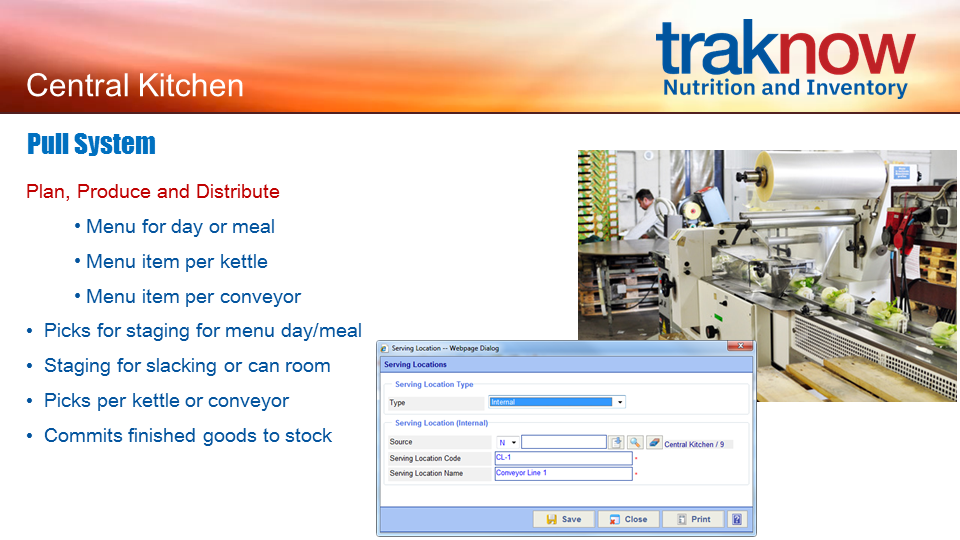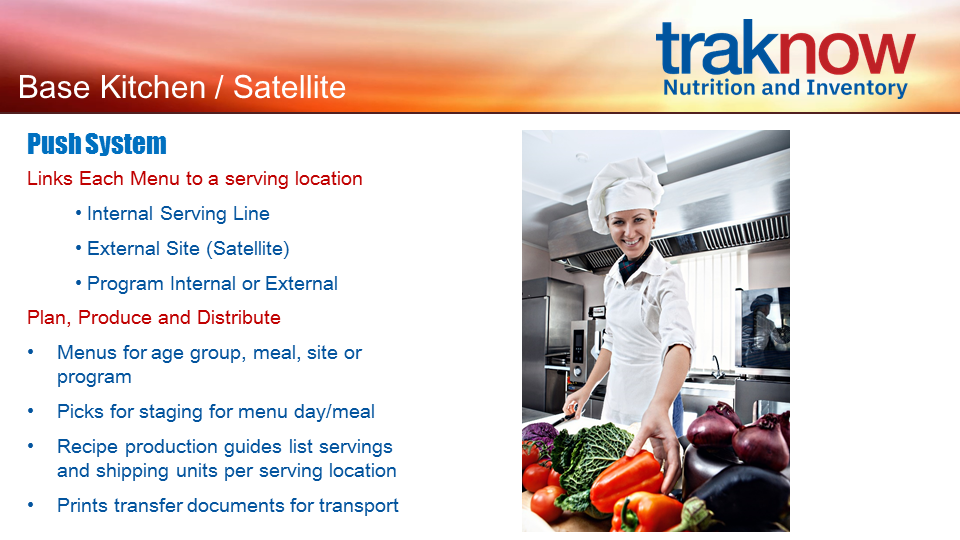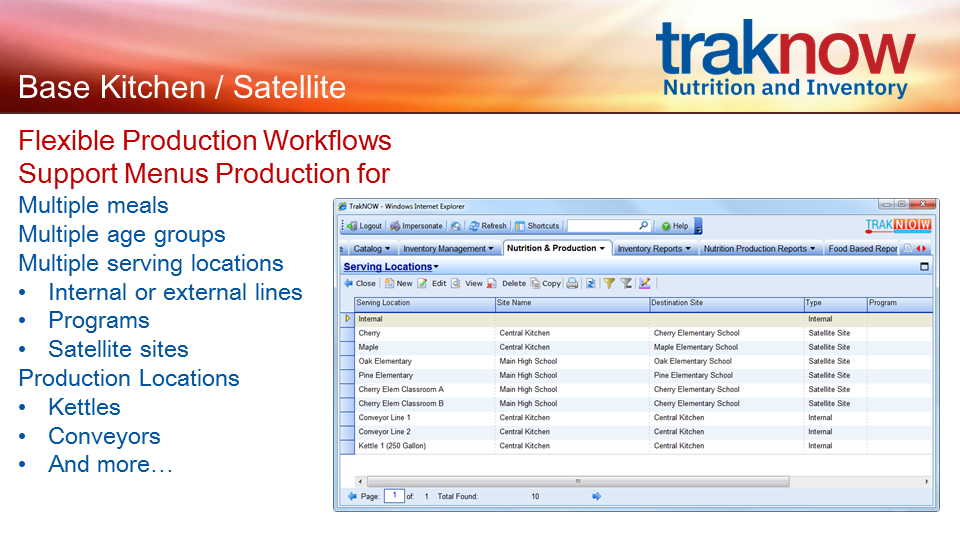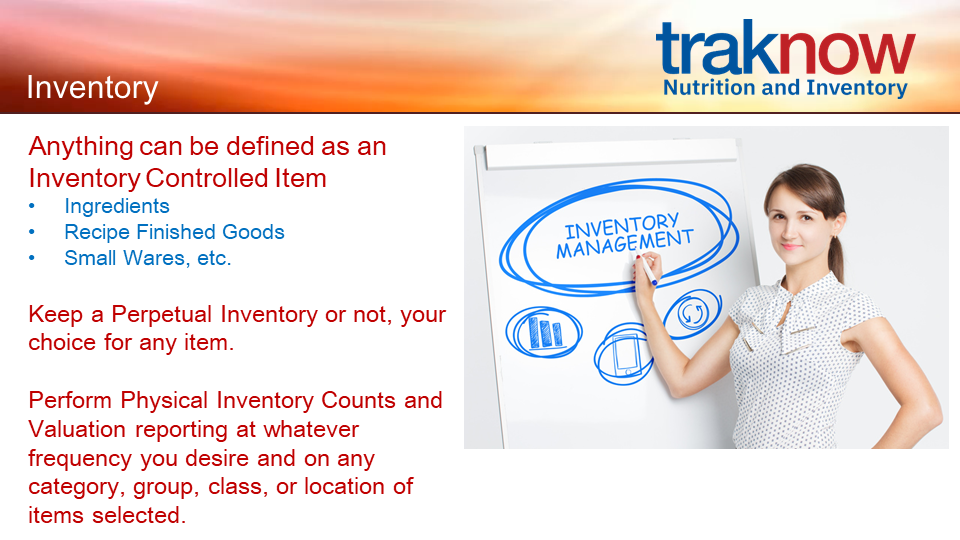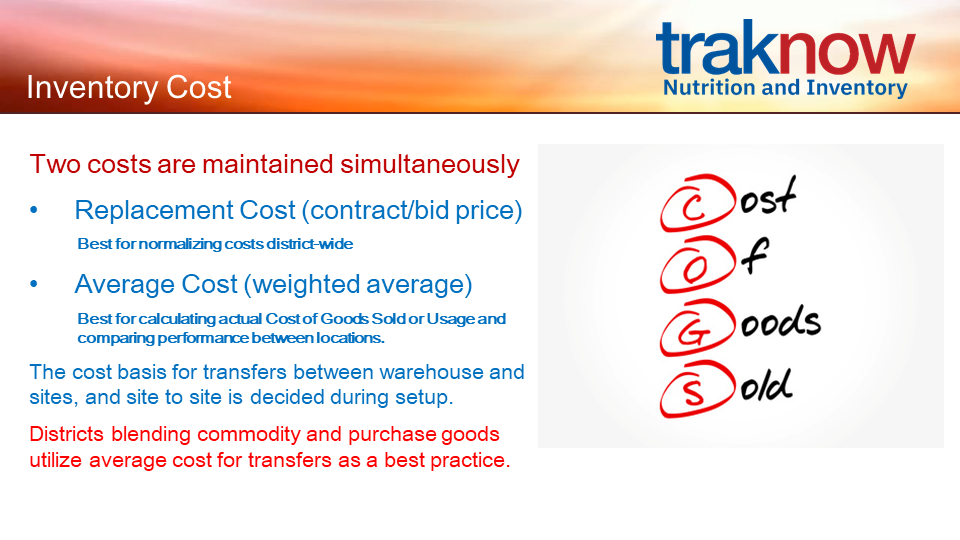Showing posts tagged with: School Lunch POS
11
Jun
For Teacher Appreciation week, President Joe Biden and First Lady Jill Biden made their way to Yorktown (Va.) Elementary School and visited with some fifth graders. The school visit was part of the White House’s Getting America Back on Track: American Family Plan Tour, a push for returning to in-person learning for all kids.
Prior to the visit, Yorktown’s Sodexo foodservice team didn’t have a lot of advanced notice but were tasked with setting up a hospitality tent with water and grab-and-go snacks for the media who would be attending and keeping lunch that day on track as well, a duty Sodexo GM Michelle Lee Knotts considers her top priority, no matter how exciting the special guests.
“It was pure excitement,” Knotts says of the moment she heard about the President’s visit, “and then, of course, my mind changes to food: He’s coming to an elementary school where I need to make sure the kids are fed at the same time…what in the world was that going to look like?”
After spending a busy weekend getting logistics set up, portions of the building were identified and some of the production was done off site. “We had to be very tight-lipped” about the planning, “as we were putting things into place, I wasn’t telling the staff about the visit. We had to keep it as quiet as possible,” Knotts says. “I couldn’t believe how much goes into planning when the President is coming!”
On the day of the visit, Air Force One arrived in Newport News, where the Bidens met Virginia Governor Ralph Northam and Virginia First Lady Pamela Northam then headed to the school, where the principal and other school leaders were waiting, along with Congresswoman Elaine Luria and her daughter, Violette.
The Bidens got to hang out on a fifth-grade class, where the First Lady asked a few students, “What do you want to be when you grow up?” (One of the answers was chef!)
The lunch service for the day went off without a hitch, and some of the foodservice staff stood outside and waved to the Bidens—who shouted hellos and thank yous—as they left the school parking lot in “the Beast,” a special armored car.
After the visit, Biden tweeted: “Jill and I visited a classroom today where students are back together with their classmates and teachers. We know what being in school together means for those kids—it’s why we worked so hard to safely reopen the majority of K-8 schools in our first 100 days.”
For her part, Knotts says, “We were truly happy to be a small part of this event; while I was not expecting to meet the President, I was there to take care of our children, because that’s what I’m here to do.”
Republished with permission from Food Management magazine
26
Jan
The National Council of Farm Cooperatives said the executive order President Biden signed Monday to enforce and strengthen “Buy American” provisions should lead to oversight of Agriculture Department school meals purchases.
“The president is taking action to reset the U.S. government’s longstanding approach to domestic preferences to create an approach that will remain durable for years to come and grow quality, union jobs,” the White House said in a fact sheet about the executive order.
“The president’s executive order establishes the goals and standards necessary to use federal purchasing, and other forms of federal assistance with domestic preference requirements, as a way to proactively invest in American industry so it can continue to lead in the global marketplace.”
The White House noted that the executive order refers to “domestic preferences related to federal procurement, federal grants, and other forms of federal assistance. Buy American and Buy America refers to the specific statutes that go by those names,” adding that a director of Made in America will be appointed in the White House Office of Management and Budget to oversee implementation of the order.
NCFC noted that it and its members have expressed deep concern in recent years over a marked increase in the amount of foreign-produced food served under the school lunch and breakfast programs “when comparable American-grown products are readily available and competitively priced, something that is contrary to the intent of the Buy American provisions.”
The White House fact sheet did not make specific mention of school food purchases.
“On behalf of America’s farmer co-ops and their member-owners, I would like to thank President Biden for signaling his strong support for ‘Buy American’ provisions as a way to ensure good jobs and prosperous local economies across the country,” said Chuck Conner, president and CEO of NCFC.
“At the same time, the previous administration started by making a similar show of support for these provisions, but failed to put substance and action behind its words. Hopefully, by appointing a new director of Made In America within the White House, this administration will be more active in enforcing existing requirements in the law and in working with Congress to strengthen these provisions.”
NCFC said that examples of schools buying foreign foods are:
– 81% of apple juice served in U.S. schools is imported;
– 50-60% of the fish served in schools are caught by Russian ships and processed in China;
Read FULL ARTICLE HERE
13
Oct
National School Lunch week shines the spotlight on the programs and nutritious food that’s served up every day all year long at schools across the country.
“We have the opportunity in the state of Alabama to reach approximately three quarters of a million children on a daily basis for meals,” said June Barrett, Alabama Child Nutrition Program Coordinator for the state Department of Education. Nationally, the School Lunch Program serves nearly 30 million students every school day.
“If a child is hungry, they cannot learn. And I think that that’s probably the biggest message that we need to provide to parents and to the community in general,” Barrett explains about the importance of the School Lunch Program. “Because if a child did not come to school, having eaten breakfast, did not have an opportunity to eat lunch, then they would not be able to sit in the chairs and learn from the teachers or listen to what the teachers are trying to present to them.”
The coronavirus pandemic has added some major challenges to the mission of making sure every child is fed.
“Some of the challenges our local Child Nutrition directors face were actually making contact with the children once the schools were released in March,” Barrett said. “We did provide meals, we had curbside pickup. We thought out of the box as much as you could possibly think out of the box and provide meals to children. And it’s been very, very valuable. We’ve partnered also with our Department of Transportation, and meals were actually delivered by bus drivers through certain communities. We’ve had all sorts of opportunities to encourage children to dine with us. We have the fresh fruits and vegetable program and USDA allowed us to extend that to the to the children who were at home learning during virtual learning processes. So we’ve really tried as diligently and served as many children as we could serve meals and food while they were away from the school grounds.”
The theme for this year’s National School Lunch week is “Now Playing” and it’s “centered around Hollywood themed processes,” Barrett explained. “So anything that could be done on a movie theater basis, fun and having tickets to go through lunch line, you know, go through the meal process or special things that could connect. Now Playing in the theater role with the National School Lunch Program would just be something that would add to the perspective of receiving a meal and having fun, and that’s what National School Lunch week is, just really all centered around having fun with children.”
Republished with permission WSFA 12 News.
23
Jun
Shutdown orders prevented about 60 million novel coronavirus infections in the United States and 285 million in China, according to a research study published Monday that examined how stay-at-home orders and other restrictions limited the spread of the contagion.
A separate study from epidemiologists at Imperial College London estimated the shutdowns saved about 3.1 million lives in 11 European countries, including 500,000 in the United Kingdom, and dropped infection rates by an average of 82 percent, sufficient to drive the contagion well below epidemic levels.
The two reports, published simultaneously Monday in the journal Nature, used completely different methods to reach similar conclusions. They suggest that the aggressive and unprecedented shutdowns, which caused massive economic disruptions and job losses, were effective at halting the exponential spread of the novel coronavirus.
“Without these policies employed, we would have lived through a very different April and May,” said Solomon Hsiang, director of the Global Policy Laboratory at the University of California at Berkeley, and the leader of the research team that surveyed how six countries — China, the United States, France, Italy, Iran and South Korea — responded to the pandemic.
His team estimated that, in the initial days after the virus was seeded in each country, and before the shutdowns, the number of infections was doubling every two days.
“The disease was spreading at a really extraordinary rate that is rare even among very infectious diseases,” he said in an interview. The global response to covid-19, the disease caused by the virus, resulted in “saving more lives in a shorter period of time than ever before,” he said in a separate conference call with reporters.
The two reports on the effectiveness of the shutdowns come with a clear warning that the pandemic, even if in retreat in some of the places hardest hit, is far from over. The overwhelming majority of people remain susceptible to the virus. Only about 3 percent to 4 percent of people in the countries being studied have been infected to date, said Samir Bhatt, senior author of the Imperial College London study.
“This is just the beginning of the epidemic: we’re very far from herd immunity,” Bhatt said Monday in an email. “The risk of a second wave happening if all interventions and precautions are abandoned is very real.”
The Berkeley study used an “econometric” model to estimate how 1,717 interventions, such as stay-at-home orders, business closings and travel bans, altered the spread of the virus. The researchers looked at infection rates before and after the interventions were imposed. Some of these interventions were local, and some regional or national.
The researchers concluded that the six countries collectively managed to avert 62 million test-confirmed infections. Because most people who are infected never get tested or diagnosed with covid-19, the actual number of cases that were averted is much higher — about 530 million in the six countries, the Berkeley researchers estimated. They estimated that the United States, had it not imposed shutdowns and other measures, would have seen an additional 4.8 million diagnosed infections and 60 million actual infections.
Timing is crucial, the Berkeley study found. Small delays in implementing shutdowns can lead to “dramatically different health outcomes.” The report, while reviewing what worked and what made little difference, is clearly aimed at the many countries still early in their battle against the coronavirus.
“Societies around the world are weighing whether the health benefits of anti-contagion policies are worth their social and economic costs,” the Berkeley team wrote. The economic costs of shutdowns are highly visible — closed stores, huge job losses, empty streets, food lines. The health benefits of the shutdowns, however, are invisible, because they involve “infections that never occurred and deaths that did not happen,” Hsiang said.
That spurred the researchers to come up with their estimates of infections prevented. The Berkeley team did not produce an estimate of lives saved.
Banning large gatherings had more of an effect in France and South Korea than in the other countries.
One striking finding: School closures did not show a significant effect, although the authors cautioned that their research on this was not conclusive and the effectiveness of school closures requires further study.
The findings could be instructive to states and school districts as they weigh when and how to reopen this fall. There is enormous pressure to resume in-person school — both because virtual education has left many students behind, and because many parents of young children cannot go to work if their children are at home.
But schools worry that children could become infected and then transmit covid-19 to family members, and they are concerned about teachers and other staff who are older or particularly vulnerable.
Many districts are considering a hybrid model, with some children in the building and others learning from home. The goal would be to minimize the numbers on site to provide for social distancing.
Last month, the Centers for Disease Control and Prevention said schools should remain closed while infection rates were high, but offered guidance for reopening as communities recover. The recommendations included a raft of ideas to create distancing inside schools, most of which were already under consideration by many districts. Among them: desks at least six feet apart and facing the same direction, lunch in classrooms, leaving every other row on buses empty and staggered arrival times.
The agency also recommended mandatory cloth masks for staff and encouraged use by students, and daily temperature screenings for everyone. It said schools should have adequate supplies for hygiene, including soap, hand sanitizer and no-touch trash cans. Surfaces and school buses should be cleaned and disinfected daily, it said, and windows and doors should be open so air can circulate.
READ FULL ARTICLE ON WAPO
17
Sep
The facial recognition market is a fast-growing industry expected to generate a value of almost $9B annually by 2022. Part of that market includes the education sector.
Currently, governments are the biggest consumers of this technology because of its ability to deter crime. The “eye in the sky” watching over everyone is able to detect facial features, allow expedient access or deny it, and identify persons of interest. Large cities like Chicago and Detroit have already opted into using biometric recognition.
Some people find Big Brother technology comforting, and others find it invasive. What if this same software is used in the schools your children attend or where you teach?
Uses for facial recognition software in education
There’s no doubt that technology has made it possible to get more done in a day. Where we once had to perform many tasks in education by hand, we now use technology as an assistant.
Software helps teachers provide customized lessons, analyze data, and even keep track of behavior. Technology saves teachers time, which something they don’t have a lot of. Think about all the clerical tasks a teacher performs each day, like taking attendance or recording which students eat lunch in the cafeteria, and which foods they select.
Facial recognition software can significantly reduce the time teachers spend performing clerical duties like these. Students actions and behaviors can be matched to a face, and then the information is either shared (with the registrar/attendance clerk and the food services department) or stored for later access.
The teacher is free to spend more time preparing or delivering instruction.
Facial recognition software can also shorten the time students take to log in to learning programs. Within a second, the software maps facial features and approves access, saving students from having to log and type a password each time they want to use a computer.
Read more at The Tech Advocate
11
Jun
A 9-year-old boy is reaching into his piggy bank to help his classmates in Napa, California. Ryan Kirkpatrick used his allowance to pay off the lunch debt for his entire third-grade class.
KGO reported that Ryan became inspired to take action after talking to his mom, Kylie Kirkpatrick, about kids who couldn’t afford school lunches.
Ryan then asked his mom to find out how much was owed by his fellow third-grade classmates at West Park Elementary School. That amount came out to be $74.50.
Kylie Kirkpatrick told KGO, “It was, I think, $74.50. So I took that email and came to Ryan and said, ‘What do you want to do,’ and he said, ‘I guess I can pay for it.’ And I said, ‘Are you sure?’ And he said, ‘Yes.'”
Ryan said that he would typically use his allowance to purchase sports gear.
This time, he gave it all to the school.
The school district policy says that students who have a negative lunch account will still receive a hot meal.
Depending on income levels, elementary school meals range in price from .30 cents to $3.25, KGO reports.
“I want them to realize people actually think about them because you’re just bragging about stuff. I want them to feel happy someone cares about them,” Ryan said to KGO.
Via: KGO

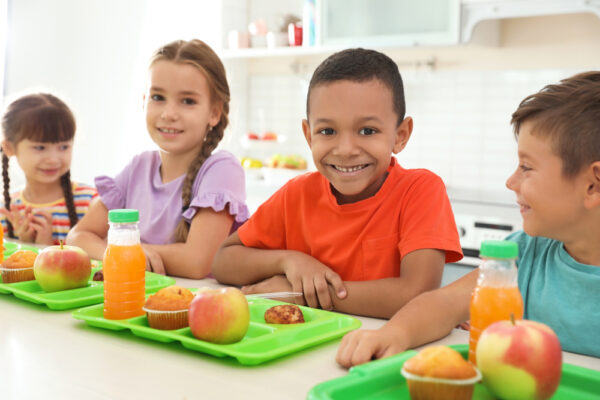
 OrderNOW is an ordering app for PCs, tablets, and phones that allows parents and teachers to order breakfast for their students with ease. Teachers can place orders for their entire class and parents can order breakfasts for the whole week. Meal counts are tabulated for food production and routed back to the classroom or alternate serving areas, ensuring that all students have access to a healthy meal to start their day. Parent ordering saves valuable time for teachers who no longer have to worry about collecting breakfast orders from each student and delivering them to the cafeteria.
OrderNOW is an ordering app for PCs, tablets, and phones that allows parents and teachers to order breakfast for their students with ease. Teachers can place orders for their entire class and parents can order breakfasts for the whole week. Meal counts are tabulated for food production and routed back to the classroom or alternate serving areas, ensuring that all students have access to a healthy meal to start their day. Parent ordering saves valuable time for teachers who no longer have to worry about collecting breakfast orders from each student and delivering them to the cafeteria.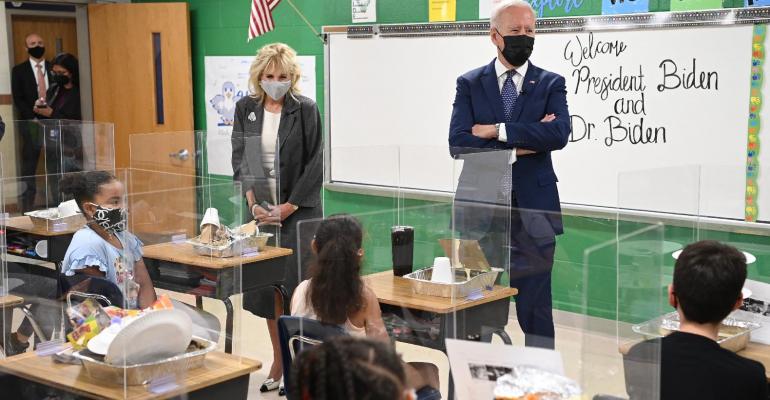
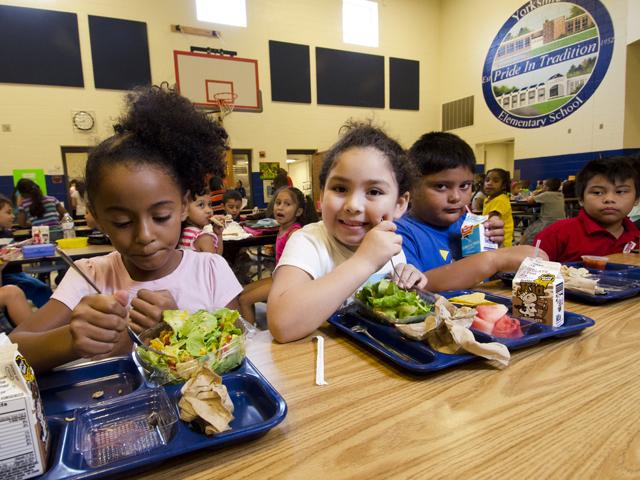
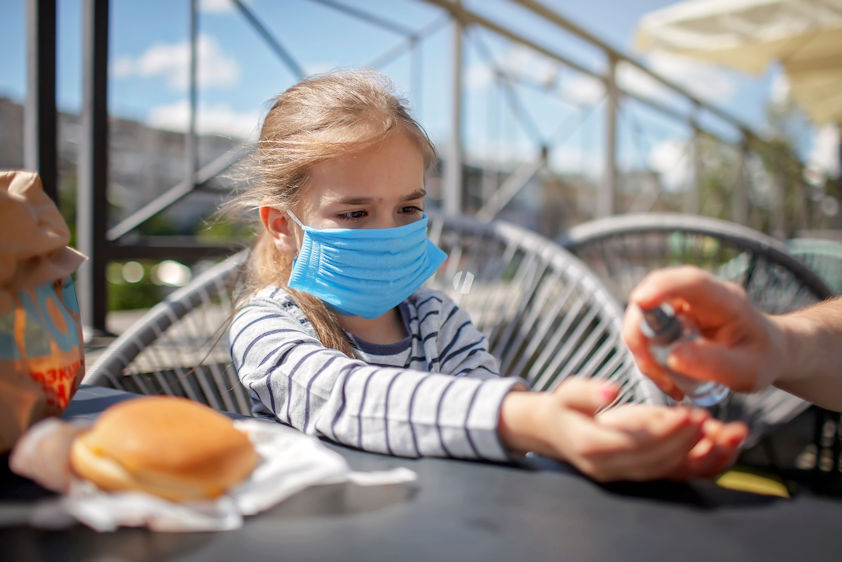
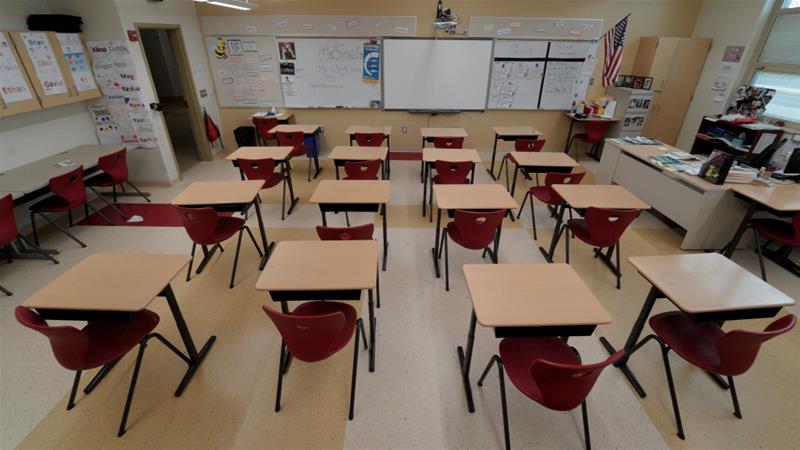

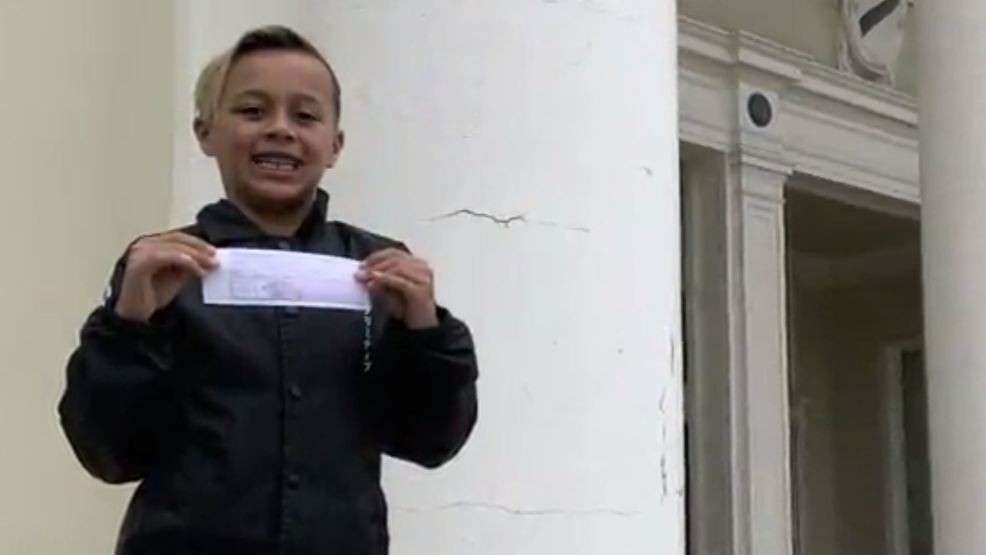
 Contact
Contact 